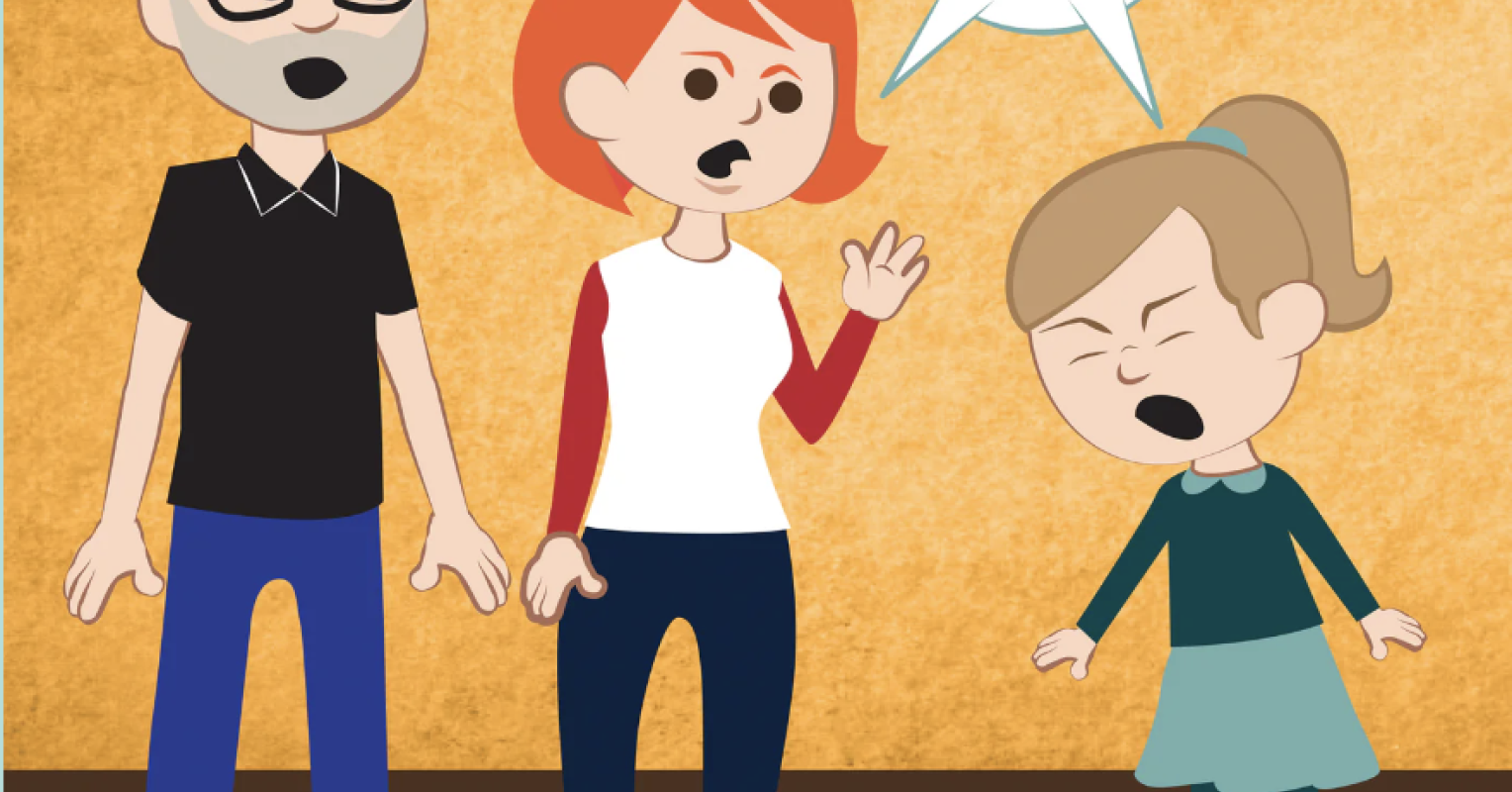
As parents, our instinct to protect our children is powerful and deeply ingrained. We want nothing more than to ensure that our children are healthy, safe, and successful members of society. We dream of a world where they thrive, unharmed by the dangers around them, and emerge into adulthood unscathed and ready for whatever life throws their way.
But what happens when this care becomes something more? When our protective instincts evolve into an overwhelming fear that drives us to control every aspect of our child’s environment? This is where care can become crippling, and the consequences can be more harmful than the very dangers we seek to avoid.
The Slippery Slope From Care to Control
It’s natural to want to shield our children from harm. For instance, applying sunscreen to protect their delicate skin from the sun’s rays, ensuring they wear a hat on sunny days, or reminding them to wash their hands after using the bathroom are all understandable precautions. But when these actions become obsessive, we may begin to cross a line.
Imagine a parent who insists on reapplying sunscreen every 10 minutes during a short walk to the park, or another who refuses to let their child play in the sun without an oversized hat that obscures their view and causes discomfort. Another parent might require their child to wear multiple layers of clothing on a mildly cool day, fearing that a slight breeze might lead to a cold. In these scenarios, the intent is to protect, but the execution creates unnecessary restrictions and discomfort for the child.
Consider the parent who won’t allow their 10-year-old to walk to a neighbor’s house just a few doors down, worried about potential dangers lurking in their quiet, familiar neighborhood. Or the parent who forbids their child from participating in sports or physical activities, not because of an existing injury or condition, but due to a fear of what could happen—a twisted ankle, a scraped knee, or even the rare chance of a more serious accident. These actions, while rooted in love, can create a world that feels more dangerous than it actually is, for both parent and child.
The Unintended Consequences
When we treat every situation as dangerous, we inadvertently teach our children that the world is a place to be feared. They begin to internalize our anxiety, believing that they are not capable of navigating the world on their own. This can stifle their independence, robbing them of the confidence they need to face challenges and solve problems.
Moreover, this level of control can strain the parent-child relationship. Children may start to rebel, pushing back against boundaries that feel suffocating, or they may become overly dependent, unable to make decisions without parental input. For example, a teenager who has never been allowed to cook their own meal may struggle with basic life skills when they leave for college. Or a child who has always been told what to wear, what to eat, and how to spend their free time might have difficulty expressing their individuality and preferences.
In both cases, the child is ill-prepared for the inevitable day when they must navigate the world without their parent’s constant presence. They might find themselves overwhelmed by the very situations their parents sought to protect them from—simple tasks like making decisions, taking public transportation, or managing minor setbacks can become daunting challenges.
Finding Balance: Care With Confidence
So, how can we strike the right balance? It’s important to remember that while vigilance and situational awareness are crucial, not every situation is a threat. Allowing our children to experience the world, even if it means encountering some bumps along the way, is essential for their growth.
Here are a few practical steps to help find that balance:
1. Evaluate the Risks Realistically: Ask yourself whether the risk you’re concerned about is likely or just possible. If it’s the latter, consider allowing your child to explore within safe boundaries.
2. Encourage Independence Gradually: Start with small steps. For example, let your child choose their own clothes or prepare a simple meal. As they succeed in these tasks, gradually increase their responsibilities.
3. Promote Problem-Solving Skills: Instead of immediately stepping in to solve your child’s problems, ask guiding questions like, “What do you think we should do?” This helps them develop critical thinking.
4. Model Calm Behavior: Children often mirror their parents’ reactions. When we are hypervigilantly tense or fear-based, even if we say everything is okay, children pick up on our tension and urgency, leading them to believe that things are not okay, that the world is a dangerous place, and that their discomforts must be immediately addressed. Conversely, If you approach challenges with calm and confidence, your child is more likely to adopt a similar mindset.
5. Focus on Effort, Not Just Outcome: Praise your child for their efforts and the process, not just the results. This reinforces that trying new things, even if they don’t always succeed, is valuable.
By nurturing their confidence and resilience, you’re not only protecting them but also empowering them to face life’s challenges head-on.
Conclusion: Letting Go for Their Sake
Ultimately, the greatest gift we can give our children is the ability to navigate the world with confidence and courage. This means letting go of the need to control every aspect of their lives and trusting that they have the strength and wisdom to thrive. By doing so, we’re not just ensuring their safety today—we’re equipping them with the tools they’ll need to face the world tomorrow.
Helicopter parenting often stems from a place of love, but it’s crucial to recognize when that love begins to hinder rather than help. By finding the right balance between care and independence, and by following these practical steps, we allow our children to grow into capable, resilient individuals who can navigate the complexities of life with confidence.

